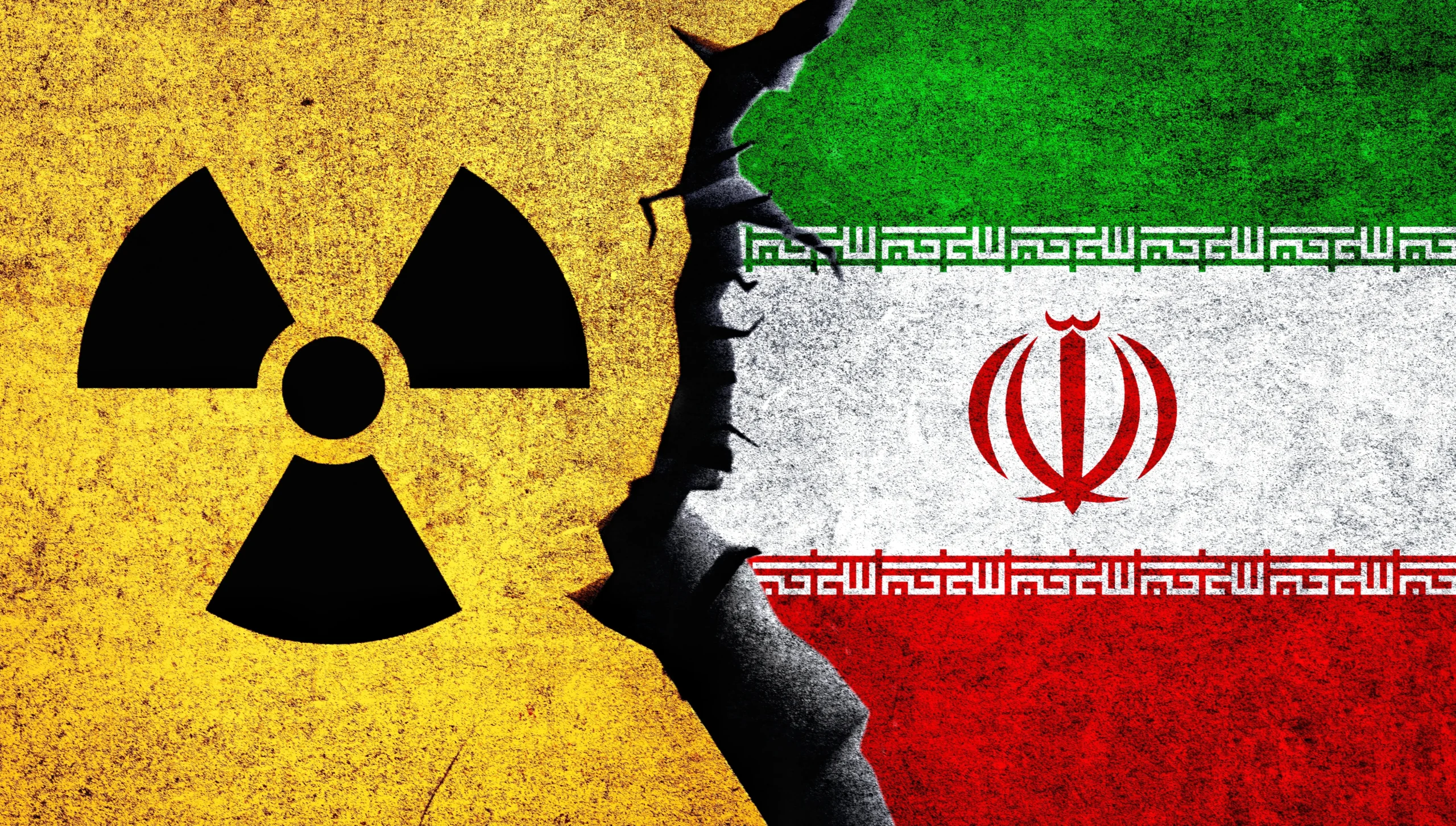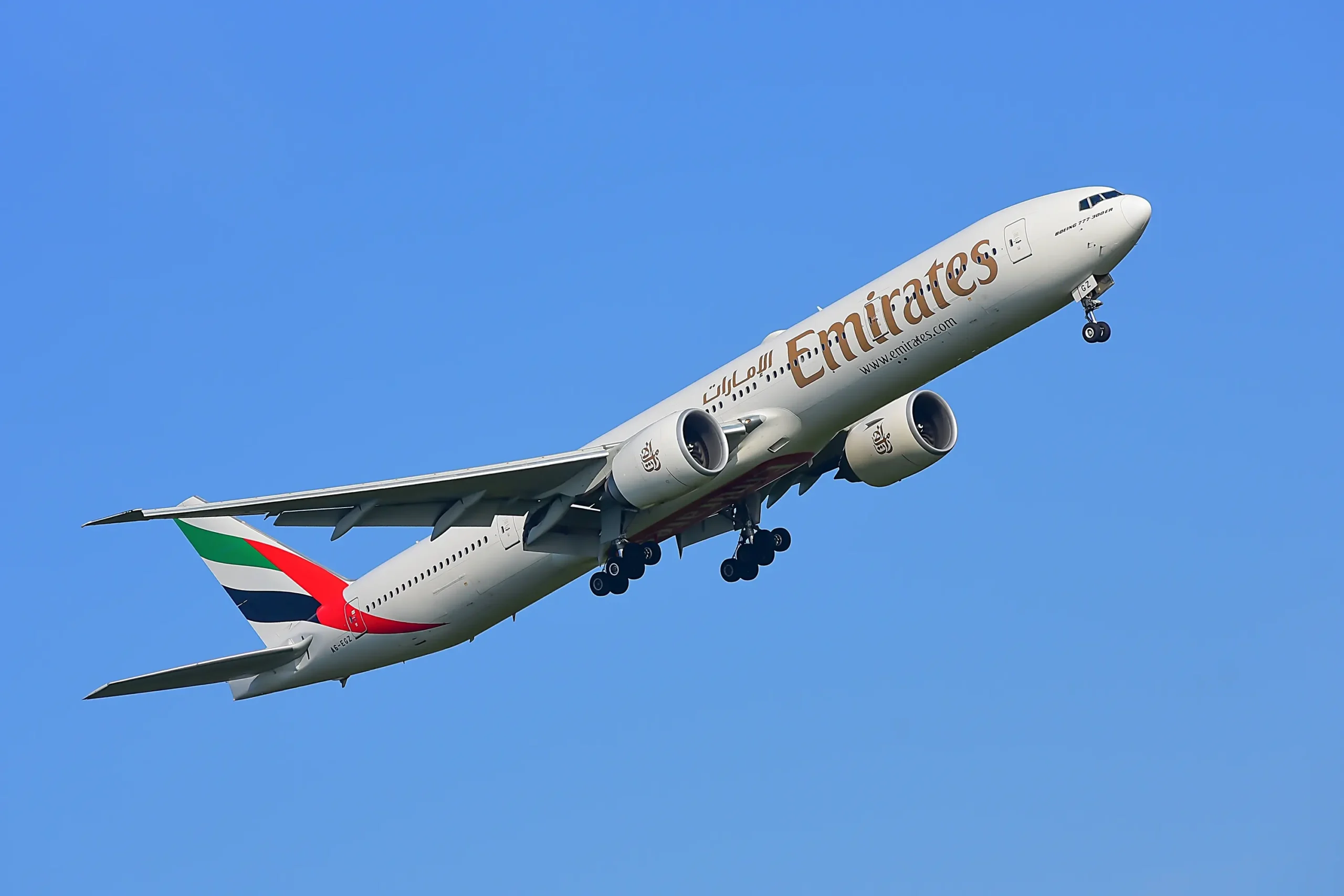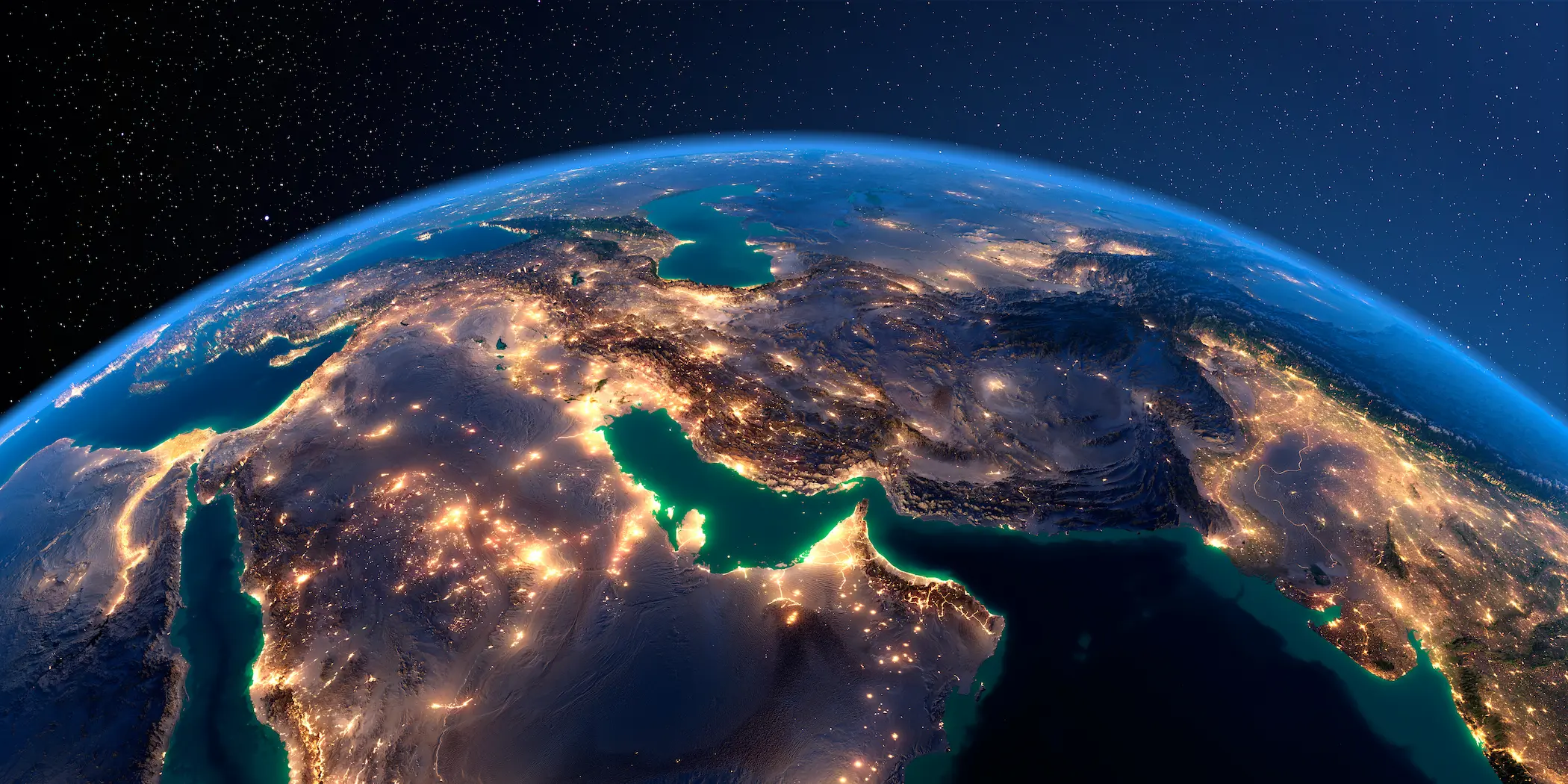Since the launch of the first satellite in 1957, the Low Earth Orbit (LEO) has undergone a profound transformation from a near-empty frontier into a congested and polluted environment shaped by decades of human activity. Non-functional satellites, spent rocket stages, and fragmentation debris from collisions and explosions have accumulated to a mass exceeding 14,700 tons. Critical events have amplified the scale of the problem, most notably China’s Anti-Satellite Test (ASAT) in 2007 and the 2009 collision between the U.S. Iridium-33 and Russia’s Kosmos-2251, which together generated nearly one-third of all catalogued debris in LEO.
This material is unevenly distributed but highly concentrated between 750 and 1,000 kilometres, an orbital belt central to Earth Observation and communications. Objects in this altitude range can persist for centuries, while in the Geostationary Orbit (GEO) debris may remain indefinitely, underscoring the long-term persistence of the hazard. Consequently, orbital space has shifted from an open frontier to a finite and polluted resource requiring collective governance.
This study examines the economic and political dimensions of space debris. It assesses the direct costs borne by operators, the cascading risks to terrestrial infrastructure such as Global Navigation Satellite Systems (GNSS) and weather forecasting, and the disproportionate challenges facing developing nations. It concludes by analysing potential responses, ranging from mitigation strategies to Active Debris Removal (ADR), within the broader framework of international governance and global equity.
The Orbital Commons: A Polluted and Finite Resource
LEO has come to represent a global common that is both finite and increasingly polluted by the accumulation of non-functional objects. What began as a secondary byproduct of early space activity has developed into a full-fledged environmental and economic crisis, comparable in its systemic nature to climate change on Earth, but confined to an orbital domain. The current legacy is not limited to inactive satellites or spent rocket bodies; rather, it is a dense network of debris ranging from large, trackable fragments to microscopic particles that remain invisible yet capable of inflicting damage on future missions.
Data from space surveillance networks demonstrate the magnitude of the problem. Objects larger than 10 centimetres number between 34,000 and 43,000, all of which are capable of destroying an operational satellite in a single collision. More alarming is the estimated 900,000 to 1.2 million fragments between 1 and 10 centimetres. These cannot be reliably tracked, yet each carry enough kinetic energy to disable or obliterate spacecraft. Beneath this threshold lie over 140 million particles smaller than 1 centimetre, which may not be mission-ending individually but steadily erode critical components such as solar arrays and sensors. This stratification of risk illustrates a dual challenge: visible threats that can be monitored and evasively managed, and invisible threats that impose persistent, unavoidable hazards, the following figure shows the count and the size of the objects.
The physics of orbital mechanics magnify the danger. In LEO, objects travel at velocities of 7–8 kilometres per second, producing average collision speeds near 10 kilometres per second—10 times faster than a rifle bullet. At such speeds, a one-centimetre aluminium fragment can release destructive energy equivalent to a 250-kilogram mass moving at terrestrial highway speeds. This dynamic explains why even microscopic flecks of paint have pitted spacecraft windows, and why mid-sized debris, though largely untracked, constitutes an existential risk for the orbital economy. The limitation lies not in the recognition of the problem but in the technical constraints of current tracking and shielding capabilities, which remain inadequate to fully neutralize these threats.
The temporal and spatial dimensions of orbital persistence further aggravate the challenge. Debris below 600 kilometres typically re-enters the atmosphere within years due to atmospheric drag. However, at 800 kilometres objects may remain in orbit for centuries, while in higher regimes, including GEO, debris lifetimes extend to millennia. This asymmetry transforms every collision or fragmentation event into a multi-generational burden, compelling policymakers to treat orbital space as a non-renewable resource whose sustainability must be actively preserved.
Historical precedents underscore how accumulation can accelerate abruptly rather than gradually. China’s 2007 ASAT alone added over 3,000 trackable fragments to LEO. Two years later, the collision between Iridium-33 and Kosmos-2251 generated thousands of additional fragments, instantly elevating risk levels across critical orbital bands. These events provide empirical reinforcement for Donald Kessler’s 1978 hypothesis—commonly termed the “Kessler Syndrome”—which anticipates a tipping point where collisions become the primary source of new debris, initiating a self-reinforcing cascade that could render certain orbits unusable for decades or centuries. Importantly, this process unfolds gradually, yet its cumulative effect constitutes a slow-moving catastrophe with systemic consequences.
The orbital commons must therefore be understood as more than a technical arena; it is an economic and geopolitical resource subject to scarcity and collective risk. The stakes extend beyond the direct loss of expensive assets to the broader sustainability of space as an enabler of global development. In this context, addressing orbital pollution is no longer a discretionary technical exercise but a strategic economic and political imperative. Sustaining access to space requires international recognition of its finite character and cooperative measures to prevent a shared resource from collapsing under the weight of its own unmanaged externalities.
The Direct Economic Toll on the Space Economy
Satellite launches constitute the core of contemporary space activity, yet the implications of orbital debris extend far beyond environmental considerations to impose direct and escalating financial costs across every stage of a satellite’s lifecycle. From design and launch to operations and decommissioning, debris represents an implicit tax on the global space sector, a tax that has grown increasingly visible through rising manoeuvre requirements, surging insurance premiums, and repeated instances of asset loss.
Collision Avoidance Maneuvers (CAMs) are among the most evident sources of operational cost. Since 1999, the International Space Station (ISS) has conducted more than 27 such manoeuvres, while commercial satellites receive hundreds of warnings annually about potential conjunctions. Each manoeuvre consumes finite propellant, directly reducing the satellite’s operational lifespan, while also causing temporary service disruptions that can last from several hours to two full days. According to the European Space Agency (ESA), growing reliance on CAMs significantly shortens the economic life of satellites and diminishes overall returns on investment.
Design-related protective measures further inflate costs. Studies by the Organisation for Economic Co-operation and Development (OECD) indicate that incorporating shielding, manoeuvre systems, and post-mission disposal (PMD) capabilities adds between 5 and 10% to total mission costs. For high-value satellites, where budgets reach hundreds of millions of dollars, this translates into tens of millions in additional expenses devoted exclusively to risk mitigation in an already polluted environment. The ISS represents the most extreme case, equipped with Whipple shielding to withstand debris impacts up to one centimetre in diameter.
The insurance market reflects these risks with increasing volatility. Valued at approximately $700 million in 2023, it is projected to reach $1.2 billion by 2032. Yet, in 2023 alone, claims totalled nearly $995 million against premium revenues of only $557 million, yielding a loss ratio of around 180%—the highest in over two decades. In response, insurers have raised premiums and tightened coverage, particularly for missions in congested LEO. This dynamic traps operators in a vicious cycle: rising risks drive up insurance costs, which raise operational expenditures and incentivize the deployment of more satellites to maintain profitability, thereby worsening congestion and amplifying the original risk.
The most acute danger remains the outright loss of orbital assets. The 2009 collision between Iridium-33 and Kosmos-2251 destroyed both satellites and generated thousands of new fragments. Estimates suggest that the destruction of a single satellite represents an immediate financial loss exceeding $30 million, while the additional debris cloud created by such an event imposes roughly $200 million in environmental risk costs on all other operators. Insurance claims for high-value communication satellites can reach $400 million per incident, underscoring the enormous stakes involved.
These dynamics demonstrate that the direct economic burden of orbital debris is no longer a theoretical concern but an operational reality. It manifests in rising costs, declining profitability, and destabilized insurance markets. If the preceding section highlighted the orbital commons as a finite and polluted resource, the present analysis underscores its concrete financial dimension: today’s space industry bears a mounting economic weight that is reshaping investment strategies and altering the calculus of space-sector viability.
Indirect Economic Impacts on Terrestrial Industries
The severity of orbital debris lies in the fact that its consequences extend well beyond the space environment, exerting systemic pressures on terrestrial industries that rely directly on satellite infrastructure. While direct costs borne by operators have become a daily burden, the indirect economic impacts on critical sectors amplify the problem to a structural level, with implications for global economic stability.
Among the most vulnerable sectors are GNSS. The U.S. Department of Commerce has estimated that the cumulative economic value of GPS services in the United States alone exceeds $1.4 trillion since inception. In the United Kingdom, GNSS contributes more than £13.6 billion annually to the economy. The potential costs of disruption are catastrophic: a U.S. government study calculated that a 30-day outage would cost approximately $1 billion per day, rising to $1.5 billion if the outage coincided with key agricultural seasons. In the U.K., a seven-day disruption is projected to cost £7.6 billion, with acute consequences for emergency services, road transport, and maritime trade. These figures underscore the fragility of sectors that have deeply embedded GNSS into their operations.
Weather forecasting constitutes another pillar of modern economies. The United States derives roughly $30 billion annually from accurate meteorological forecasts, which enable efficiency gains in agriculture, transportation, and energy. The loss of polar-orbiting satellites, which provide critical observational data, would reduce the accuracy of numerical weather prediction models by 15–20%. In the U.K., such degradation could generate losses of up to £15.9 billion in GDP if a major space incident disrupted forecasting capacity. This illustrates that the indirect threat of debris is not limited to physical destruction but encompasses a diminished ability to manage resources, safeguard populations, and protect economic assets.
The risk further extends to financial and energy infrastructures. Electricity grids depend on satellite-based timing for synchronization, while global financial markets require nanosecond-level time stamps to execute trades. A disruption in these services could trigger failures in capital flows and widespread breakdowns in global payment systems. Aviation, maritime transport, and logistics chains also rely on GNSS to coordinate routes and supply networks, meaning that even temporary interruptions would reverberate through international trade.
This accumulation of vulnerabilities crystallizes into what may be termed an “Economic Kessler Syndrome.” Long before orbital regions become physically unusable due to cascading collisions, they may reach a point of economic infeasibility. As debris density rises, the costs of shielding, collision avoidance, and insurance escalate, while the probability of satellite loss and service degradation increases. At a certain threshold, the expected returns on new deployments turn negative, discouraging investment and transforming valuable orbits from engines of growth into financial liabilities, The following table illustrates the scale of potential economic losses from a seven-day GNSS disruption across key sectors in the United Kingdom, highlighting the magnitude of terrestrial dependencies on orbital stability.
In sum, the cascading consequences of orbital debris demonstrate that its greatest danger lies in its systemic economic reach. The loss or degradation of satellite services translates into multi-billion-dollar daily impacts across vital industries, reshaping the relationship between advanced economies and space as a strategic infrastructure.
An Uneven Playing Field: How Space Debris Hinders Developing Nations
While orbital debris has become a direct financial burden on advanced economies with the technical and fiscal capacity to manage it, the challenge is magnified for developing nations seeking to establish even a modest foothold in the space sector. Major powers maintain integrated institutions for mitigation, insurance, and investment in ADR, whereas states with limited resources confront a congested orbital environment without the necessary tools to manage or adapt to its risks.
The disparity becomes stark when examining the cost of compliance with international debris mitigation standards. As noted earlier, implementing Post-Mission Disposal (PMD) procedures and shielding systems adds between 5 and 10% to the total mission cost. For agencies in Europe or the United States, such an increment is manageable. For African or Asian programs with constrained budgets, however, these additional costs can effectively foreclose new missions. To illustrate, the entire African space budget in 2024 amounted to roughly $465 million—less than the price of a single communications satellite launched by a major agency. Thus, the imposition of millions of dollars in additional costs per mission renders national ambitions nearly unattainable.
Global regulatory frameworks exacerbate these inequalities. The International Telecommunication Union (ITU) allocates orbital slots and frequencies under a “first come, first served” regime. This has enabled powerful states and corporations to monopolize prime orbital positions through so-called Paper Satellites—registrations of slots without actual deployment. Such practices concentrate orbital resources in the hands of a few, leaving developing nations dependent on leasing access at high costs or abandoning projects altogether. The inequity in orbital access thus stems not only from physical orbital congestion but also from the institutional architecture of global space governance.
Risk management capacity further illustrates the imbalance. Advanced operators employ sophisticated collision avoidance systems, while most developing nations lack the infrastructure to do the same. The United States, for instance, through its Space Surveillance Network, tracks tens of thousands of orbital objects. By contrast, most developing states remain reliant on data provided in limited or delayed form, exposing them to greater operational risks and constraining their autonomy in safeguarding their assets.
The economic implications are particularly visible in investment dynamics. Private firms in developing countries contemplating entry into sectors such as Small Satellites (SmallSats) or Earth Observation face higher insurance premiums, elevated probabilities of satellite loss, and restricted access to orbital data. These conditions erode expected returns relative to firms in advanced economies and stifle the emergence of competitive local space industries.
In this sense, space debris is not merely a global environmental hazard but also a mechanism that deepens structural inequalities. It distinguishes between those capable of managing risks and those consigned to endure them. While the global economy at large is exposed to the cascading consequences of debris, developing nations bear a disproportionate cost: they are forced to operate in an uneven playing field where rules are crafted by dominant powers, and opportunities for space-driven economic and technological advancement remain systematically curtailed.
In conclusion, the future of global space activity will not be determined solely by the ability to develop more advanced technology, but rather by the extent to which the international community succeeds in managing the legacy of accumulated debris and integrating its governance into the broader infrastructure of the world economy. The direct and indirect costs analysed throughout this report are only early warning signals of a trajectory that—if left unaddressed—could lead to the closure of entire segments of low Earth orbits to economic use.
Over the next two decades, the number of active satellites is expected to double as a result of the race to deploy mega-constellations. Any failure to adopt binding mitigation rules or to invest in ADR would accelerate the onset of an economic Kessler Syndrome. Under the current governance structure, the distribution of costs will remain deeply uneven: major powers will absorb risks through institutional and financial capacity, while developing nations will be excluded, forced to rely on imported services, thereby reinforcing their economic and technological dependency.
Yet this trajectory is not inevitable. Past experiences in managing global public goods—whether through climate agreements or nuclear security frameworks—demonstrate that binding international mechanisms can transform crises into opportunities. Shared investment in tracking systems, collective financing for ADR initiatives, and a more equitable distribution of orbital resources could broaden access for developing nations and reposition space as a driver of development rather than a domain of exclusion.
The choice before the international community is thus clear: either allow orbital space to continue its slide toward economic unsustainability, or rewrite the rules of engagement to secure its viability as a global commons.
References
Economic Dynamics of Orbital Debris: Theory and Application – Universities Space Research Association, accessed September 24, 2025, https://www.hou.usra.edu/meetings/orbitaldebris2019/orbital2019paper/pdf/6072.pdf
Space Debris Mitigation Guidelines of the Committee on the Peaceful Uses of Outer Space – UNOOSA, accessed September 24, 2025, https://www.unoosa.org/pdf/publications/st_space_49E.pdf
Space debris | EBSCO Research Starters, accessed September 24, 2025, https://www.ebsco.com/research-starters/astronomy-and-astrophysics/space-debris
Cost and Benefit Analysis of Orbital Debris Remediation | NASA, accessed September 24, 2025, https://www.nasa.gov/wp-content/uploads/2023/03/otps_-_cost_and_benefit_analysis_of_orbital_debris_remediation_-_final.pdf
About space debris – ESA, accessed September 24, 2025, https://www.esa.int/Space_Safety/Space_Debris/About_space_debris
ARES | Orbital Debris Program Office | Frequently Asked Questions, accessed September 24, 2025, https://www.orbitaldebris.jsc.nasa.gov/faq/
Space debris poses growing threat to satellite infrastructure – Global Resilience Institute, accessed September 24, 2025, https://globalresilience.northeastern.edu/space-debris-poses-growing-threat-to-satellite-infrastructure/
Space Debris – NASA, accessed September 24, 2025, https://www.nasa.gov/headquarters/library/find/bibliographies/space-debris/
Space Environment Statistics · Space Debris User Portal, accessed September 24, 2025, https://sdup.esoc.esa.int/discosweb/statistics/
SPACE DEBRIS:AL AW AND ECONOMICS ANALYSIS OF THE ORBITAL COMMONS – Stanford Law School, accessed September 24, 2025, https://law.stanford.edu/wp-content/uploads/2017/11/19-2-2-salter-final_0.pdf
Does the debris around Earth affect the atmosphere? – BBC Science Focus Magazine, accessed September 24, 2025, https://www.sciencefocus.com/space/does-the-debris-around-earth-affect-the-atmosphere
Orbital Debris – Office of Safety and Mission Assurance, accessed September 24, 2025, https://sma.nasa.gov/sma-disciplines/orbital-debris
Space Debris, accessed September 24, 2025, https://www.dlr.de/en/ar/topics-missions/space-safety/space-debris
SatMagazine, accessed September 24, 2025, http://satmagazine.com/story.php?number=1149658926
What if orbital debris destroyed satellites? | Epthinktank | European Parliament, accessed September 24, 2025, https://epthinktank.eu/2025/02/28/what-if-orbital-debris-destroyed-satellites/
What is space junk and why is it a problem? – Natural History Museum, accessed September 24, 2025, https://www.nhm.ac.uk/discover/what-is-space-junk-and-why-is-it-a-problem.html






















Comments